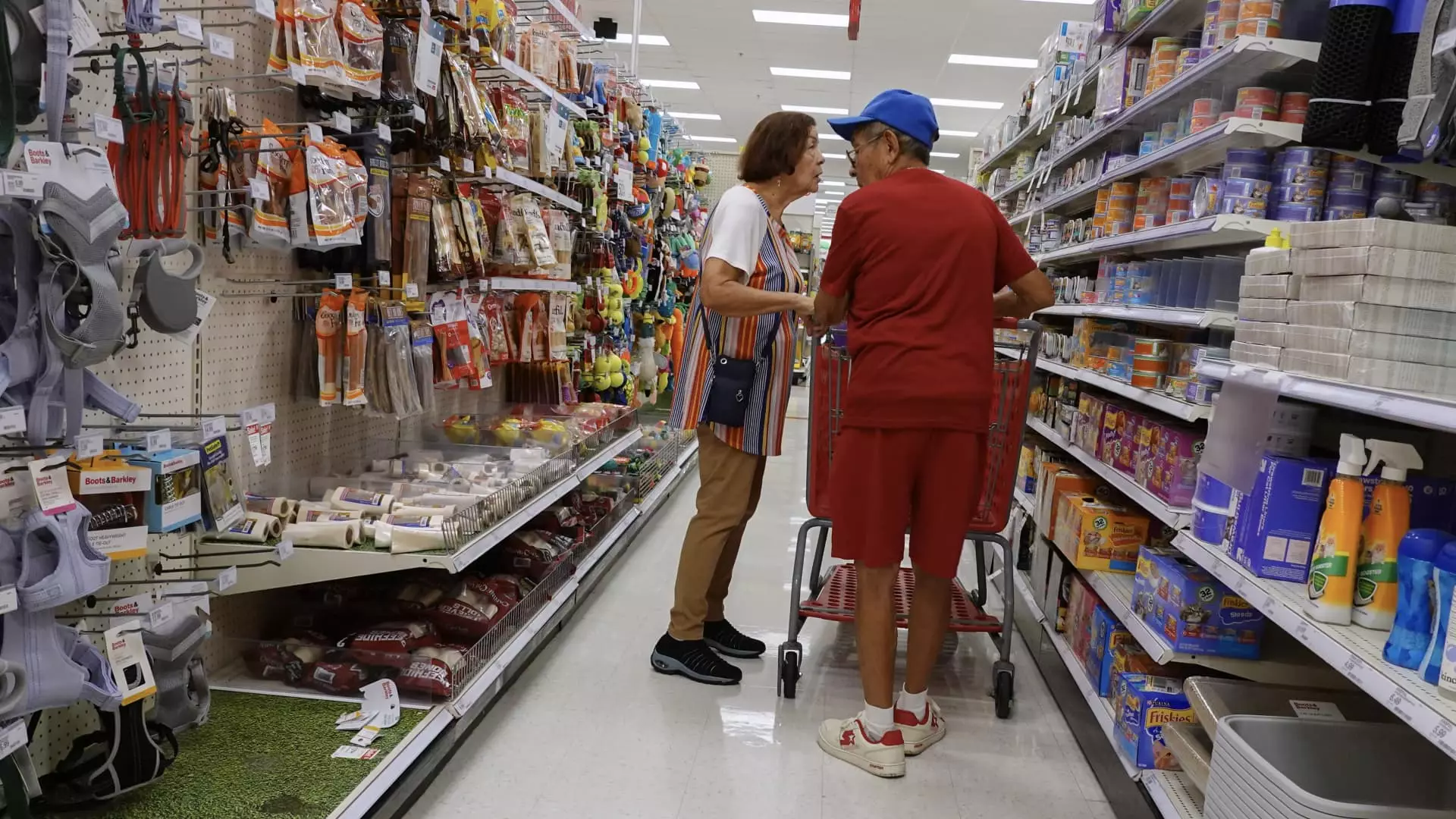Despite the overall positive performance of the U.S. economy in recent years, a significant portion of Americans seem to perceive the country as being in a recession. Recent surveys have shown that approximately 3 in 5 individuals believe that the U.S. is currently experiencing a downturn in economic activity. While official data indicates that the gross domestic product (GDP) has been steadily increasing, the general sentiment among the public leans towards a more pessimistic view of the economic landscape.
Factors Contributing to the Perception of Recession
Higher costs of living and difficulties in making ends meet have been cited as the primary reasons for the prevailing belief in an economic downturn. The survey conducted by Affirm revealed that most respondents pointed to a period that began roughly 15 months ago, in March of the previous year, as the start of the perceived recession. Furthermore, projections extend the potential duration of this downturn until July of 2025, indicating a prevailing sense of uncertainty and financial strain among many Americans.
Persistent inflation has been identified as a significant factor contributing to the widespread perception of economic hardship. As prices for everyday goods continue to rise, households are encountering challenges in managing their finances effectively. Vishal Kapoor, senior vice president of product at Affirm, highlighted the impact of dwindling confidence in the U.S. economy, emphasizing the urgent need for consumers to regain control over their financial well-being.
Economists have grappled with the growing disparity between the overall performance of the economy and the financial stability of individual households. The notion of a “vibecession,” as coined by Joyce Chang of JPMorgan, underscores the uneven distribution of wealth and economic benefits across different segments of the population. While homeowners and individuals in higher income brackets have witnessed significant gains, a substantial portion of the population has been left behind, exacerbating the perceived disconnect between economic growth and personal financial well-being.
As households contend with rising prices and increased interest rates, there are emerging signs of financial strain. A growing number of consumers are finding it challenging to keep up with their monthly expenses, leading to higher delinquency rates on credit card payments. Data from the New York Fed indicates that approximately 8.9% of credit card balances transitioned into delinquency over the past year, signaling a broader trend of financial difficulties among American households.
The discrepancy between the positive performance of the U.S. economy and the prevailing perception of a recession highlights the complexity of economic dynamics at play. While economic indicators may point towards growth and stability, individual experiences and financial challenges paint a different picture. Addressing these disparities and ensuring broader access to economic opportunities will be essential in bridging the gap between economic prosperity and personal financial well-being.

